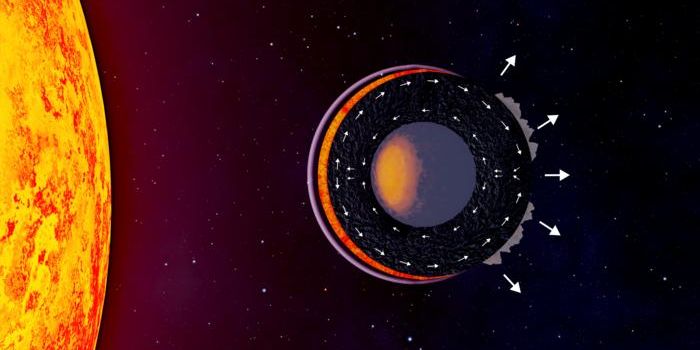Optimizing SETI Efficiency: New Drift Rate Recommendations for Exoplanet Signals
A recent study published in The Astrophysical Journal examines how SETI (Search for Extraterrestrial Intelligence) campaigns could save computing time while improving accuracy of determining if a radio signal is originating from an extraterrestrial intelligence (ETI) civilization from an exoplanet. This study was conducted by an international team of researchers and holds the potential to help scientists and the public better understand steps that are being taken towards answering the age-old question, “Are we alone?”
“This work gives deeper insight into what extraterrestrially transmitted signals may look like if they come from exoplanets, informing not only the parameter space of technosignature searches but also possible interpretations of detected signals,” said Megan Grace Li, who is a PhD student at the University of California, Los Angeles (UCLA) in UCLA SETI and lead author of the study.
For the study, the researchers examined a phenomenon known as “drift rate”, which is when the frequency of a radio signal could shift over time, specifically as the positions between a targeted exoplanet and Earth change over time. Drift rate is a part of the Doppler effect, and the common analogy is when the pitch of an approaching ambulance gets higher as it travels closer, but the pitch decreases as it passes the observer. A Longstanding drift rate suggestion was 200 nanohertz (nHz), which is what is caused by a planet orbiting its star.
The team considered such as both the Earth’s and a targeted exoplanet’s orbit and rotation, among other factors, and identified that 99 percent of known and unknown exoplanets fell within acceptable frequencies for identifying hypothetical radio signals from an ETI. in the end, the team successfully reduced the suggested limits for drift rate parameters by a factor of 4 for star with known exoplanets (53 nHz) and by a factor of 400 for stars without known exoplanets (0.44 nHz).
“These results imply that, in many cases, the drift rate will be so low that we can prioritize other parameters (such as covering more frequencies or analyzing datasets faster) without worrying that we will miss true signals,” said Dr. Sofia Sheikh, who is an NSF MPS-ASCEND Postdoctoral Fellow at the SETI Institute and a co-author on the study.
How will this new method help SETI identify radio signals from an ETI in the coming years and decades? Only time will tell, and this is why we science!
As always, keep doing science & keep looking up!
Sources: The Astrophysical Journal, EurekAlert!, SETI Institute, NASA








